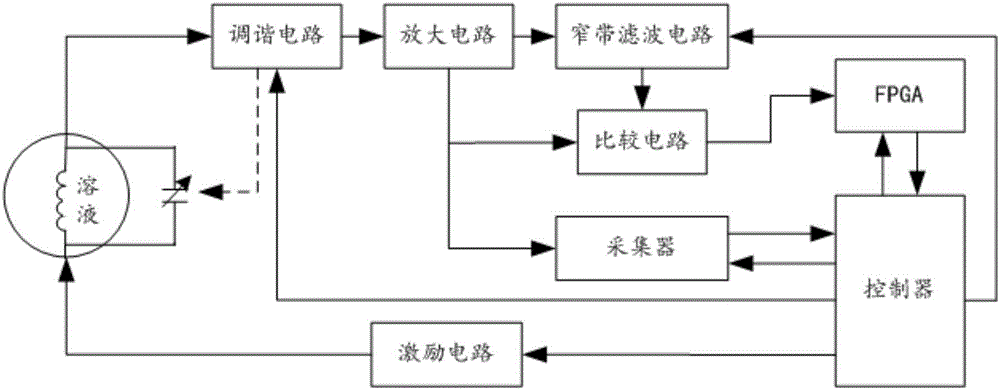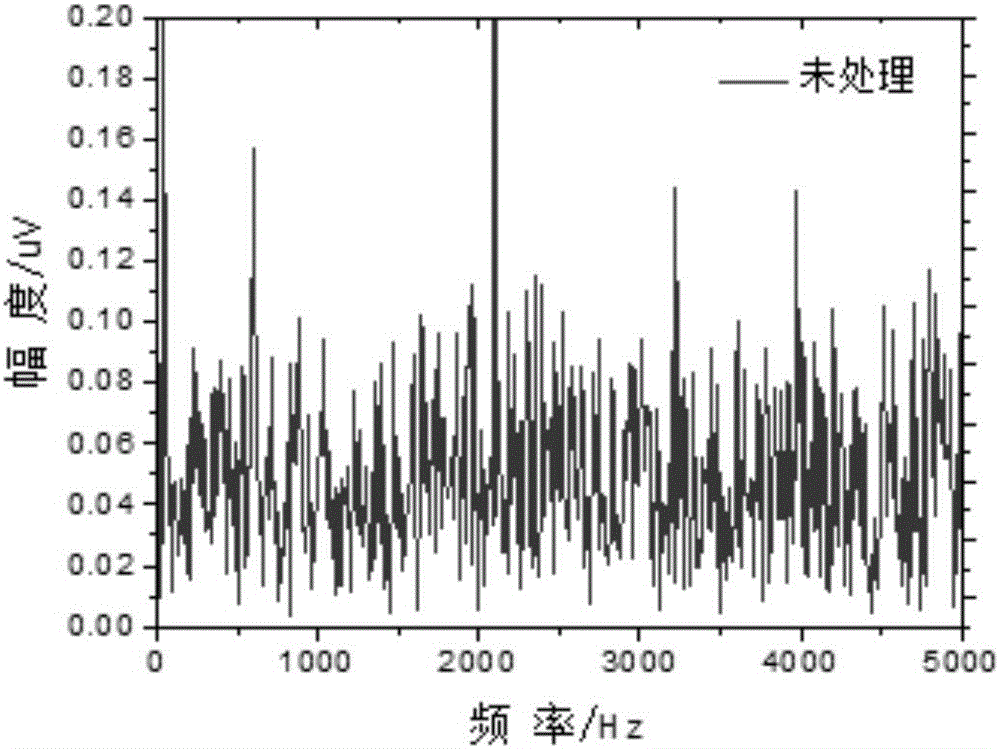Method and system for improving tuning precision and signal-to-noise ratio of proton precession sensor
A technology of proton precession and sensors, which is applied in the direction of radio wave measurement systems, instruments, scientific instruments, etc., can solve the problems of low signal-to-noise ratio, large spectrum analysis error, and slow tuning speed, so as to overcome the slow tuning speed and improve the performance of the instrument. performance, the effect of reducing tuning time
- Summary
- Abstract
- Description
- Claims
- Application Information
AI Technical Summary
Problems solved by technology
Method used
Image
Examples
Embodiment Construction
[0064] The principles and features of the present invention are described below in conjunction with the accompanying drawings, and the examples given are only used to explain the present invention, and are not intended to limit the scope of the present invention.
[0065] like figure 1 As shown, it is a method for improving the tuning accuracy of a proton precession sensor described in Embodiment 1 of the present invention, including the following steps:
[0066] Step 1, stimulating the sensor to output the first FID signal;
[0067] Step 2, wait for a preset time after the excitation is completed, collect the first FID signal, and generate discrete data;
[0068] Step 3, constructing a space matrix according to the discrete data, and using the SVD algorithm to perform singular value decomposition on the space matrix to eliminate noise, and obtain reconstructed data;
[0069] Step 4, using FFT algorithm to process the reconstructed data, and obtain the first frequency value ...
PUM
 Login to View More
Login to View More Abstract
Description
Claims
Application Information
 Login to View More
Login to View More - R&D
- Intellectual Property
- Life Sciences
- Materials
- Tech Scout
- Unparalleled Data Quality
- Higher Quality Content
- 60% Fewer Hallucinations
Browse by: Latest US Patents, China's latest patents, Technical Efficacy Thesaurus, Application Domain, Technology Topic, Popular Technical Reports.
© 2025 PatSnap. All rights reserved.Legal|Privacy policy|Modern Slavery Act Transparency Statement|Sitemap|About US| Contact US: help@patsnap.com



